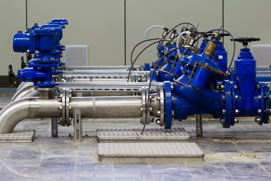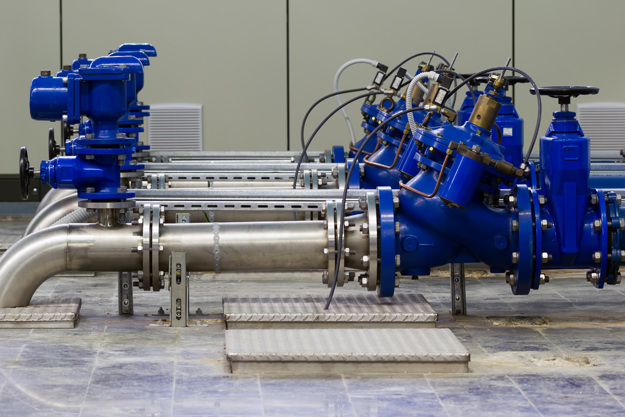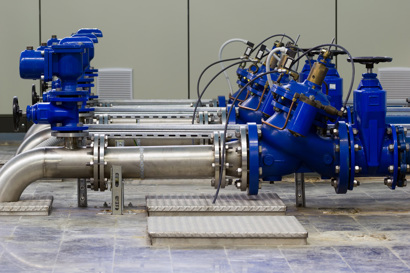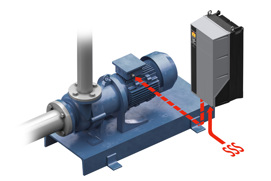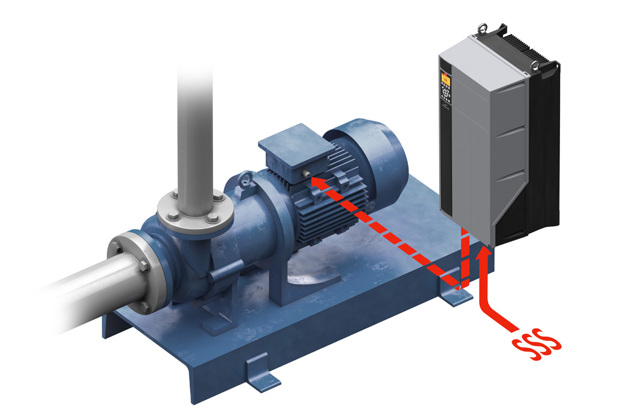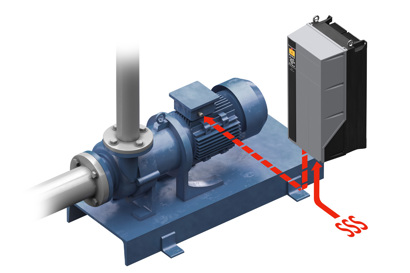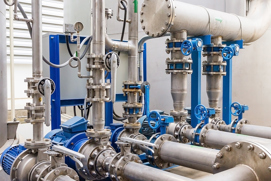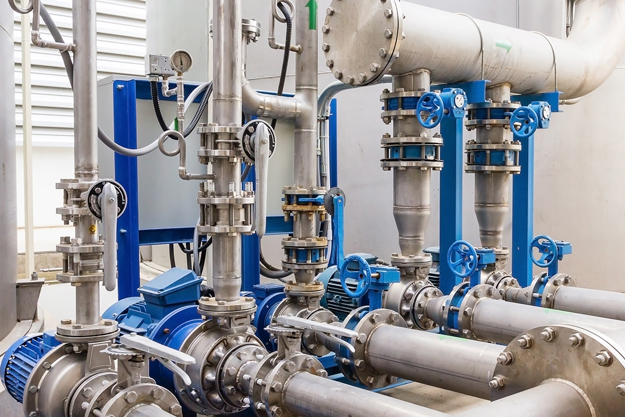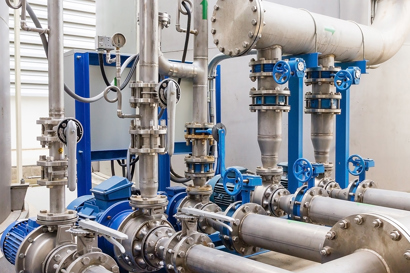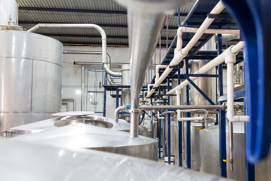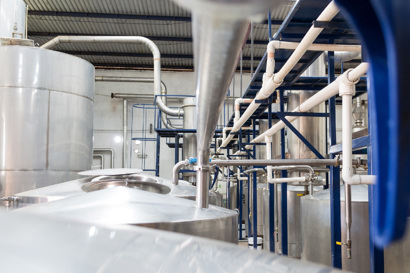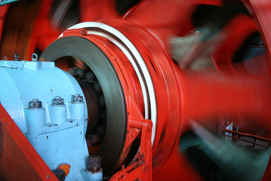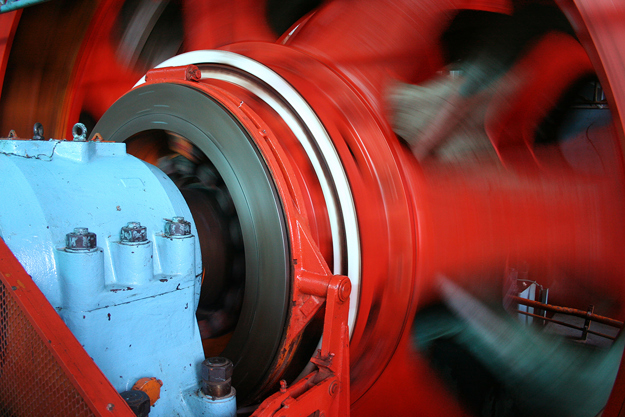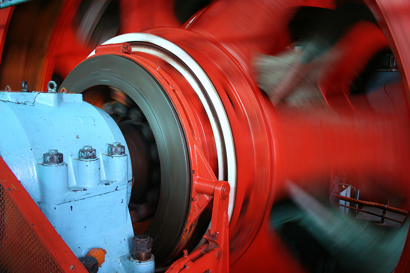Cavitation is a common issue that can have a detrimental impact on the efficiency and reliability of pumps. However, Danfoss drives feature integrated condition-based monitoring (CBM) which provides new avenues for detecting and avoiding cavitation in pump systems. By utilizing the "drive as a sensor" approach and current signature analysis, condition monitoring can effectively identify cavitation-related faults and help prevent potential damage and wear-out.
Like other CBM functions, such as stator winding fault detection, cavitation detection is now considered part of the CBM family. This means that the same CBM infrastructure can be utilized to implement cavitation detection systems. Even drives with older CBM licenses can be upgraded to feature cavitation monitoring through a software upgrade.
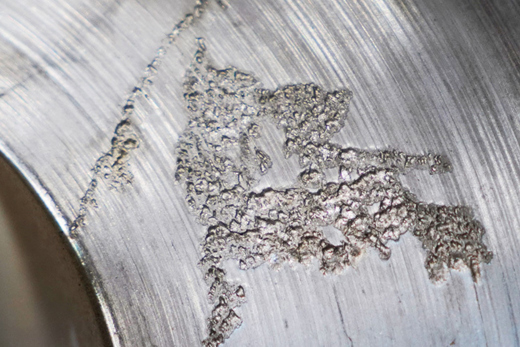
What causes pump cavitation?
So, how does cavitation occur and what makes it a concern for pump systems?
Cavitation happens when rapid pressure changes in a liquid medium cause vapor-filled bubbles to form. These bubbles can collapse under higher pressure, generating shockwaves that create micro-pits in the metal of the pump impeller. This leads to accelerated wear-out and erosion of the rotating blades. Additionally, the collapse of bubbles generates additional noise, knocking, and vibration, which further reduce pump efficiency by distorting the flow pattern.
It is important to note that cavitation can also impact other system components in contact with high-velocity moving fluids, including piping systems, pump components, engine housing, cylinder sleeves, HEX components, and hydro turbine components. So, early detection of cavitation in the pump along with fast remedial action can protect and extend lifespan of a whole system of components.
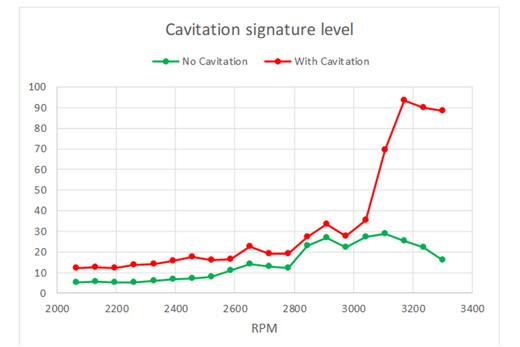
How does condition monitoring protect pumps against cavitation?
Detecting and avoiding cavitation is crucial for maintaining pump performance and preventing costly damage. Condition monitoring in the form of integrated CBM in the drive offers an effective solution for achieving this. Cavitation detection can be achieved using current signature analysis in the drive, enabling sensor-less detection. Cavitation produces turbulence, creating audible noise and a distinctive signature in the motor current. By analyzing the variation in load torque, shaft speed, and motor current, condition monitoring algorithms can identify the presence of cavitation.
The algorithm compares the actual cavitation signature against user-defined threshold levels. If the values exceed the set thresholds for a predefined time, the event is flagged as cavitation.
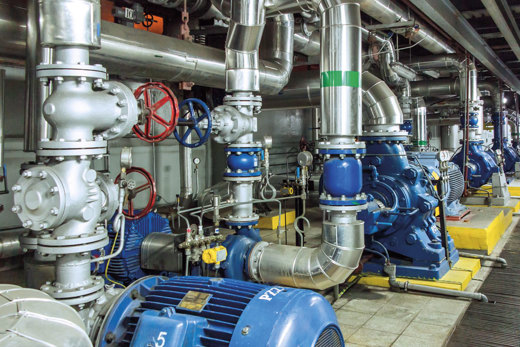
Benefits of condition monitoring and predictive maintenance
The benefits of avoiding cavitation using condition monitoring are significant. With permanent monitoring using CBM integrated in the Danfoss drive, both the detection and avoidance of cavitation become possible. This cost-effective solution surpasses traditional sound vibration detection methods. By preventing pump wear-out and damage caused by cavitation, productivity is optimized, and component lifetimes can be extended. It becomes possible to perform predictive maintenance and this ultimately leads to a reduction in service and replacement costs.
Avoiding pump cavitation using condition-based monitoring functionality
To avoid cavitation, the flow can be reduced by lowering the pump speed in small increments. Condition monitoring enables this through an avoidance function. The motor speed is automatically lowered within predefined limits when cavitation is detected. Once cavitation is no longer detected, the function attempts to return to the set point. This avoidance function is turned off by default, and it is up to the user to decide to activate it based on their specific needs.
In summary, preventing pump cavitation is crucial for maintaining pump efficiency and reducing potential damage and wear-out. Condition monitoring, using advanced techniques such as current signature analysis, provides a reliable and cost-effective solution for detecting and avoiding cavitation. By implementing condition monitoring systems, industrial processes can benefit from improved production, extended component lifetimes, and reduced maintenance costs, ultimately leading to smoother and more reliable operations.
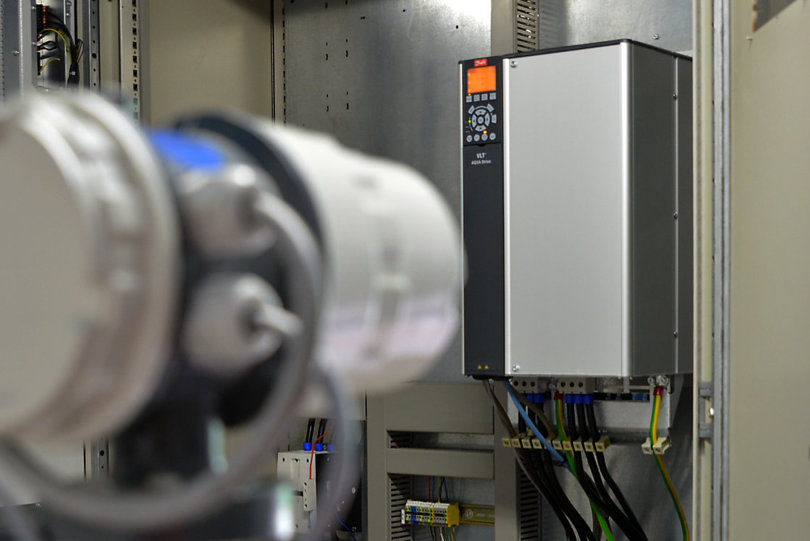
Edge computer based real-time motor and pump analytics
With the edge computing solution, data is collected several times per second, ensuring that any measurements outside the normal range trigger a warning, quickly and timely, thus minimizing the risk of undetected abnormalities.
Drives for pump applications
-
if (isSmallPicture) {


 Drives for industrial pumps
Drives for industrial pumpsBy controlling industrial pumps with a Danfoss AC drive you can help optimize processes and significantly reduce energy and maintenance costs.
-
if (isSmallPicture) {


 Drives for marine pumps and separators
Drives for marine pumps and separatorsFor reliable operation, reduced emissions, and long life of marine pumps and separators, draw upon engineering knowhow from Danfoss.
-
if (isSmallPicture) {


 Drives for pumps
Drives for pumpsEnhance your system performance, extend your equipment life, and protect against leakages, by optimizing pump operations using Danfoss AC drives.
-
if (isSmallPicture) {


 Drives for pumps in commercial buildings
Drives for pumps in commercial buildingsProtect your pump and optimize commercial ventilation and air conditioning performance using AC drives.
-
if (isSmallPicture) {


 Drives for pumps in food and beverage applications
Drives for pumps in food and beverage applicationsControl of pump speed can reduce energy consumption significantly, extend pump life, and dramatically reduce water consumption in your operations.
-
if (isSmallPicture) {


 Drives for pumps in mining
Drives for pumps in miningReduce substation heat load and reduce air conditioning infrastructure, with air-cooled pump control from Danfoss.

